>08
Aug
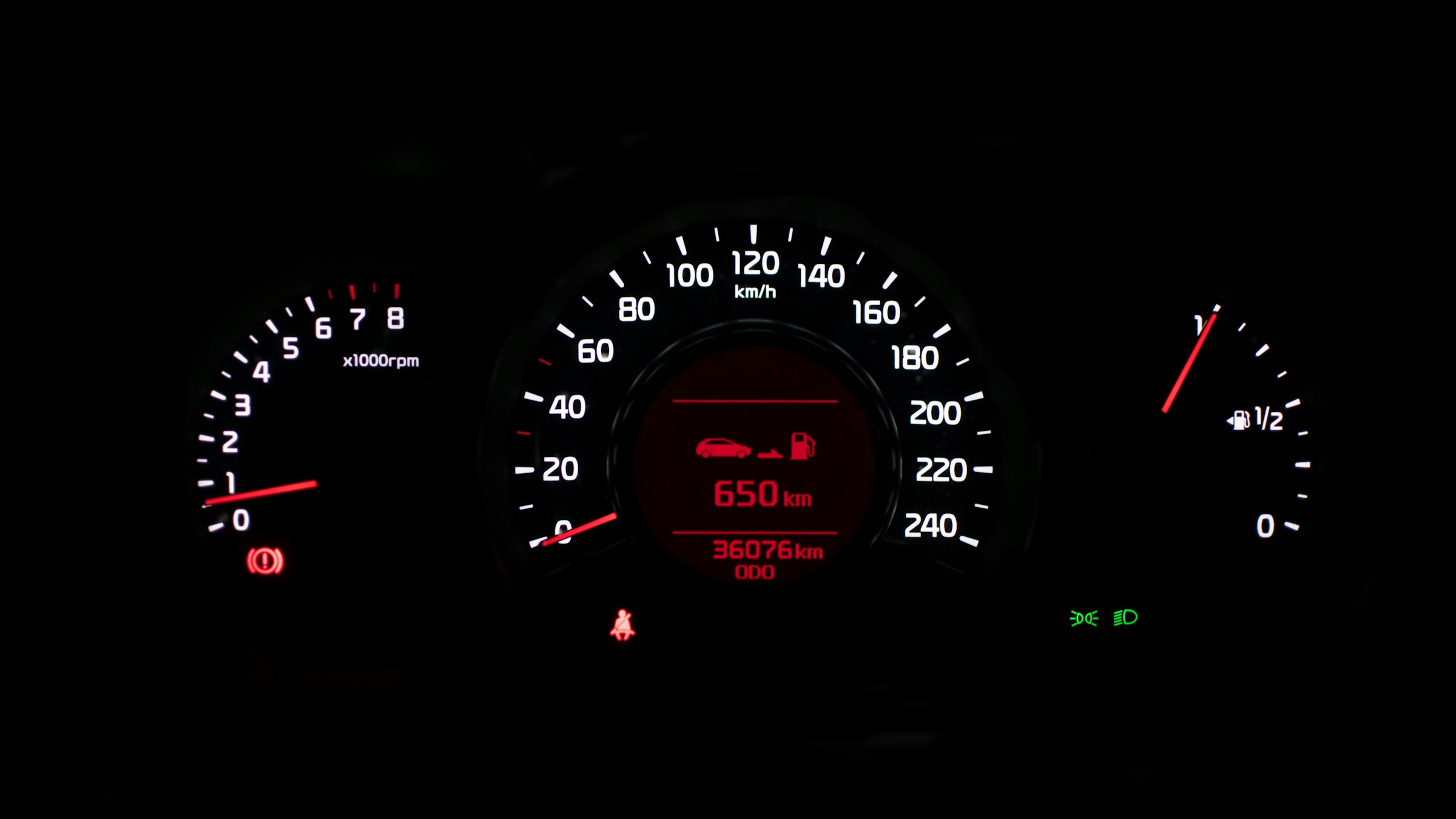
08
Aug
Understanding your car’s dashboard lights is essential to keep you safe on the roads and ensure your vehicle is in good working order. Often, these lights can be a simple reminder that something in your engine needs topping up, but they can also sometimes indicate something more serious.
In this guide, we’ll explain the most common dashboard warning lights and let you know what to do if one comes up when you’re driving.
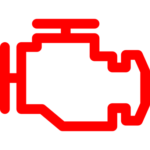
The check engine light, also known as the engine management light will typically come up as a yellow outline of an engine on your dashboard. Sometimes, your dashboard might make it more explicit with the words “CHECK ENGINE”.
This is often the light that drivers fear the most, as it is ambiguous. The check engine light will occur when there is an issue with the engine system, but it could be something as minor as a loose wire, or something much more serious such as a fault with your catalytic converter.
If your check engine light comes up and your car is driving fine and you can’t hear any noises from the engine, it may be safe to keep driving. However, you should get your car checked by a professional as soon as possible, so they can run a diagnostic test and find the issue.
If your check engine light comes on and your vehicle starts driving irregularly and/or you can hear unusual noises, you should pull over as soon as it is safe to do so and call a breakdown service. If you ignore the light, you could permanently damage the engine of the car, as well as put yourself and any passengers at risk of an accident.
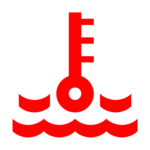
The engine oil warning light will look like an oil can with a drip coming out of it, usually lit up in red. When this light comes on your dashboard, it means there is an issue with your oil pressure. The oil in your car will lubricate the engine, so it’s essential that this system is working correctly, so you should always act when you see this light.
It could mean that you simply need to top up your engine oil. You can check the levels with your dipstick and add more if needed. You should also check for any obvious leaks under the hood as well as under the car itself. If you think there is a leak, you should call for a recovery service. However, if you can’t see any leaks and your light goes off after you top up your oil, you should be fine to drive without professional assistance.
If the levels look to be fine and the light is still on, there could be a fault with the oil pump. In this case, you should not drive any further and instead call a breakdown service.
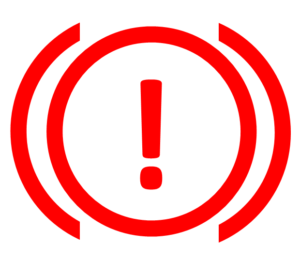
The brake system warning light, usually an exclamation mark in a circle lit in red, will come on when there is an issue with the brakes. This could be something as simple as you’ve pulled away with the handbrake engaged, but it could also be more complicated.
The brake system warning light could mean that your brake pads are worn down, your vehicle has low brake fluid, or it could mean there’s a problem with the anti-lock braking system.
If your brake warning light comes on, and it doesn’t go away when you lift the handbrake, you should get your vehicle checked at a garage as soon as possible. Brakes are obviously an important part of your vehicle, and you could be a danger to yourself and other road users if you don’t get the issue sorted.
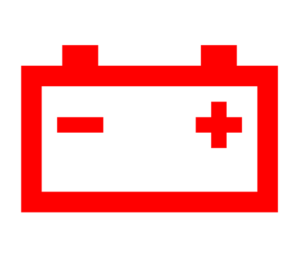
If there is a problem with the battery, you will see an outline of a battery with a plus and minus sign, all lit in red. It will typically mean that your battery is unable to charge properly, which could be caused by a variety of reasons.
The battery itself could be faulty and need replacing, or there might be a fault with a connection in the system. You should have your vehicle looked over as soon as possible once this light comes on. Your car should drive fine for a while, but once the battery is drained, you won’t be able get it started again.

A warning light in red showing a thermometer in water indicated there is an issue with your engine cooling system. This light will come up if your engine is overheating, which could be caused by low coolant levels or something more serious like a problem with the head gasket.
Driving an overheated car is unsafe and could result in permanent damage to your vehicle. If this light comes on your dashboard, stop the car as soon as it is safe to do so. You could first wait for the engine to cool down and then check under the hood.
You might simply need to top up the coolant, although you should check for leaks to ensure this will rectify the issue properly. If the light comes on again after you’ve refilled the coolant, stop the car and call for a breakdown service.

Your airbag warning light will look like someone sat in a car seat with a circle in front of them, which represent the airbag. This light will usually come on when you first start the vehicle and won’t indicate an issue.
However, if the light stays on once you get going on your journey, there could be a problem with one of the airbags. Whilst this won’t affect the driving of your vehicle, it could mean the proper safety mechanisms won’t be in place if you have an accident. It’s best to get this looked at as soon as possible to ensure you and your passengers are kept safe.
GetCarFinanceHere can help you to find the best car finance deals. Our expert team will look through all the options from our network of lenders to find the right car finance for your specific circumstances. Apply for car finance online today or contact us for more information.
Thank you for your interest. Please fill out the form below to Request a call back and someone from our team will get in touch shortly.